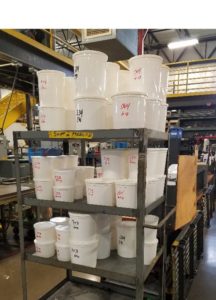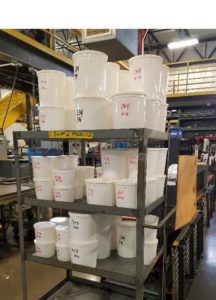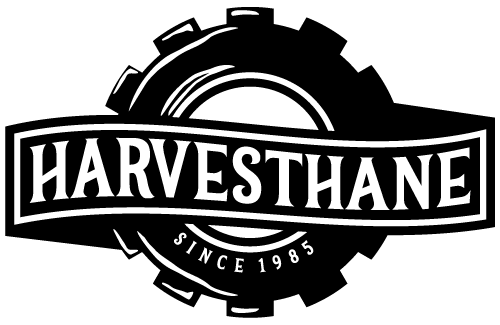Part Two
Quick recap: the Molded Dimensions Team earned best technical paper for their work as the Urethane Restoration Team. The Team sought to find the root cause of the amount of scrap that was being produced each week at Molded Dimensions. We talked last week about the problem. Now, we’ll talk about the strategy.

The Strategy
The team focused on the sources of variation within the equipment and processes. They would meet with molders and collect information about what defects were happening and what the molders thought the causes of those defects were. They asked questions and tested theories until they found the root cause of the problems.
“Why do we need to pour the rear left corner first?”
“Because it cures slower in that corner.”
“Why?”
“Maybe because it is colder there.” (Test that theory!)
“Yes, it is 50 degrees colder there.”
“Why?”
“Maybe because our hot tables have a lot of variation in them.” (Test that theory!)
“They do! 60 degrees of variation across the table! That is terrible!”
“Are there other kinds of hot tables that are more consistent? Can we eliminate this challenge for this pain-in-the-neck part, but also for all our other parts?”
“Yes!”
The process took time, but ultimately led to many discoveries that have caused a decrease in scrap production. We’ll continue to discuss these in the upcoming weeks. Next week: temperature variation.




